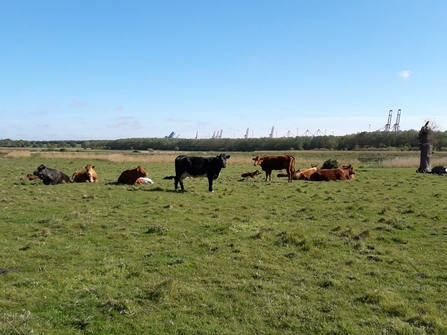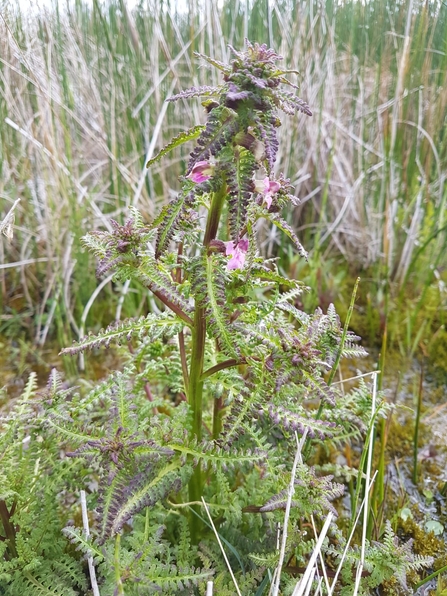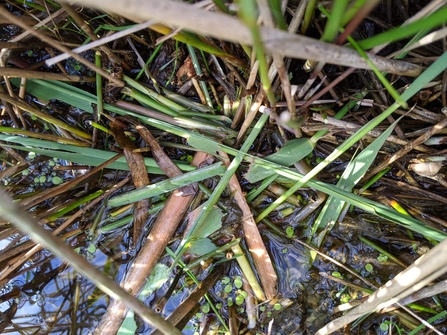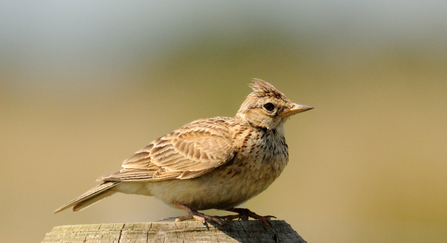Cows are coming home
This week saw the return of cattle to Trimley Marshes. Using large herbivores to extensively graze coastal grazing marshes creates greater structural diversity across our reserves and allows less vigorous and aggressive plants to maintain a foothold within the sward, whilst helping the Trust deliver on important biodiversity targets. As well as cattle, the Trust use a range of livestock including Exmoor ponies, konik ponies, hebridean sheep and bagot goats. These animals are carefully selected to suit the required conditions for each nature reserve as their varied grazing techniques produce very different sward structures.











